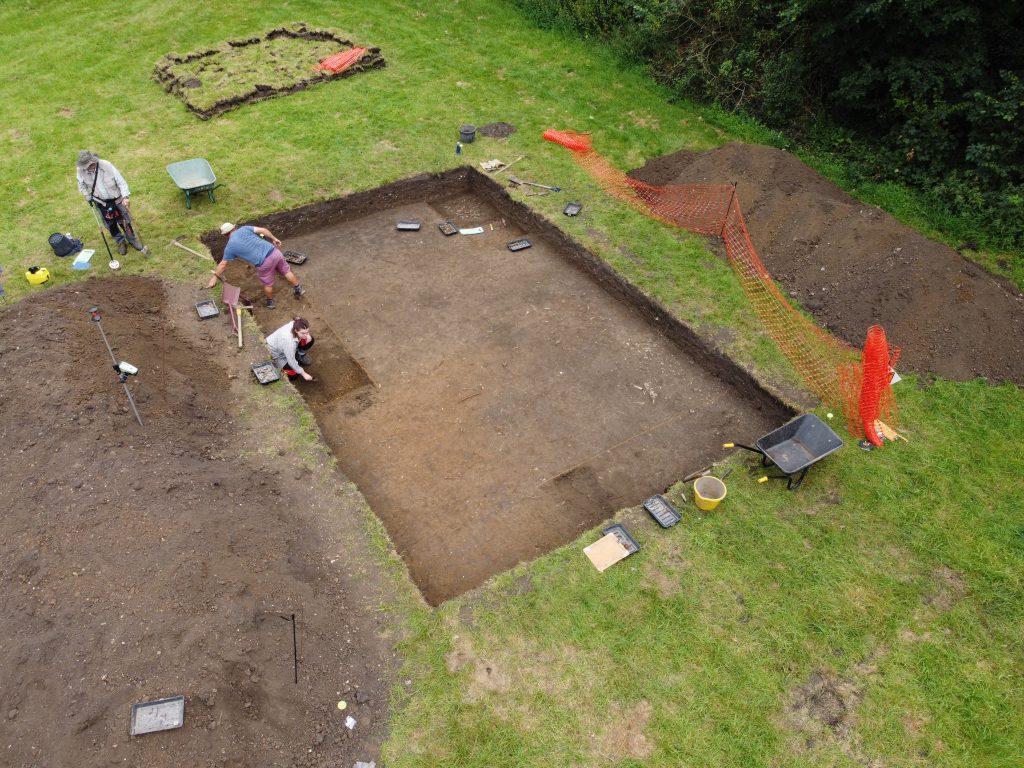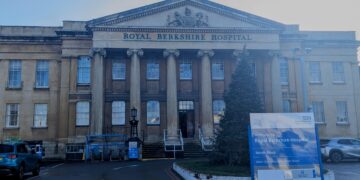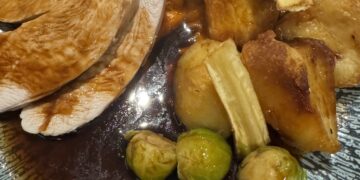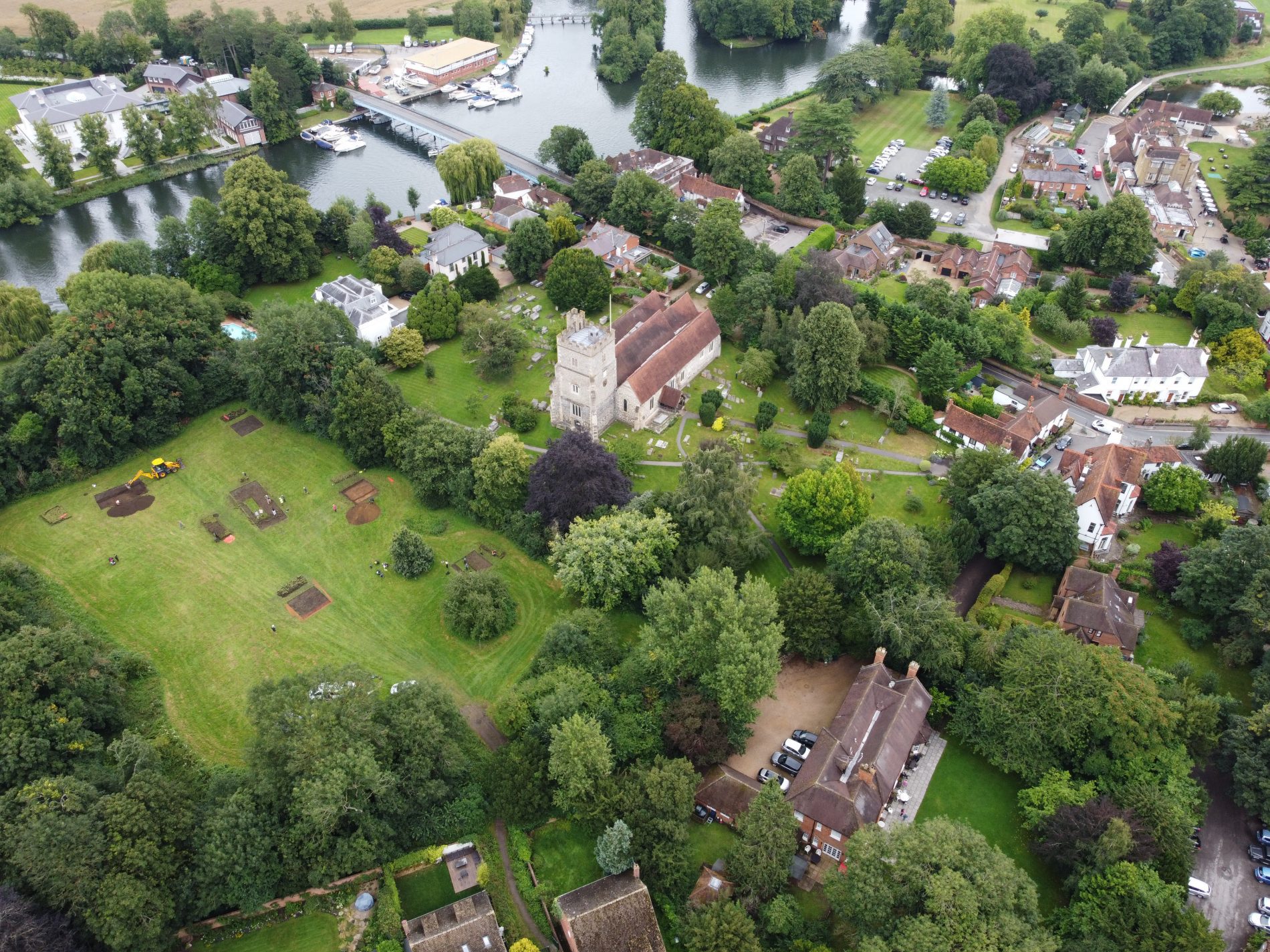ARCHAEOLOGISTS have discovered a lost Anglo-Saxon monastery on the bank of the Thames.
The team from the University of Reading unearthed the eighth-century site in Cookham this month.
They said it gives a unique insight into the life of Queen Cynethryth, the widow of the powerful King Offa of Mercia.
The Queen of Mercia is understood to have been one of the most powerful women of the Early Middle Ages, with the site likely her final resting place.
Dr Gabor Thomas, the University of Reading archaeologist who is leading the excavation, said: “The lost monastery of Cookham has puzzled historians, with a number of theories put forward for its location. We set out to solve this mystery once and for all.”
The location of the monastery in the grounds of Holy Trinity Church was a mystery until now, despite being well known from contemporary historical sources.
This summer, the team uncovered the remains of timber buildings that would have housed the inhabitants of the monastery, alongside artefacts providing insights into their lives.
Dr Thomas added: “The evidence we have found confirms beyond doubt that the Anglo-Saxon monastery was located on a gravel island beside the River Thames now occupied by the present parish church.
“Despite its documented royal associations, barely anything is known about what life was like at this monastery, or others on this stretch of the Thames, due to a lack of archaeological evidence.”
He said the uncovered items will allow archaeologists to piece together a detailed impression of how the monks and nuns who lived there ate, worked and dressed.
“This will shed new light on how Anglo-Saxon monasteries were organised and what life was like in them,” Dr Thomas added.

During the eighth century, a network of monasteries was built along the Thames – one of the most important trading arteries in Anglo-Saxon England.
The stretch of the Thames in which Cookham falls formed a contested boundary between the kingdoms of Mercia and Wessex, so the monastery here had particular strategic and political importance.
In spite of the historical background, the exact location of the monastery was long debated.
The excavation focused on open spaces straddling the churchyard of Holy Trinity Church.
The team found food remains, pottery vessels used for cooking and eating, a delicate bronze bracelet and a dress pin, probably worn by women.
And clear evidence has emerged for the layout of the monastery which was organised into a series of functional zones marked by ditched boundaries.
One of these zones appears to have been used for housing and another for industrial activity indicated by a cluster of hearths probably used for metalworking.

Dr Thomas added: “Cynethryth is a fascinating figure, a female leader who clearly had genuine status and influence in her lifetime.
“Not only were coins minted with her image, but it is known that when the powerful European leader Charlemagne wrote to his English counterparts, he wrote jointly to both King Offa and Queen Cynethryth, giving both equal status.”
He said the team is thrilled to find physical evidence of the monastery she presided over, which is also very likely to be her final resting place.
Cynethryth joined a religious order and became royal abbess of the monastery after the death of her husband, King Offa, in AD 796.
Before his death he ruled Mercia, one of the main Anglo Saxon kingdoms in Britain, which spanned the English Midlands.
King Offa is considered by many historians to have been the most powerful Anglo-Saxon king before Alfred the Great.
He is known for ordering the creation of the earth barrier on the border between England and Wales, known as Offa’s Dyke, which can still be seen today.
Cynethryth is the only Anglo-Saxon queen known to be depicted on a coin – a rarity anywhere in Western Europe during the period.
She died sometime after AD 798.

















































